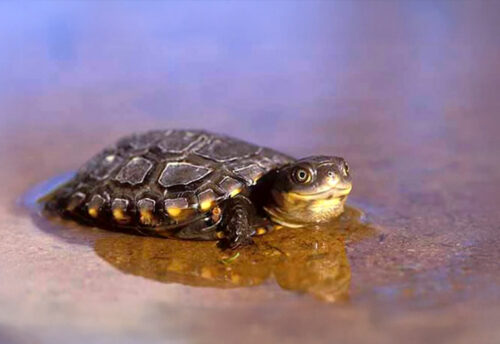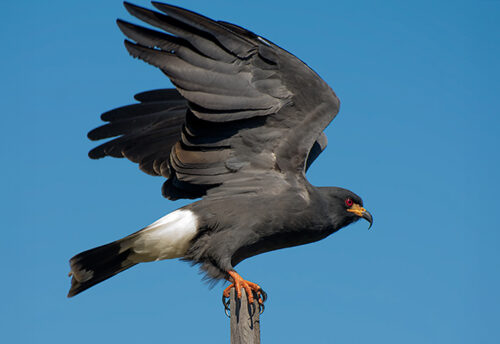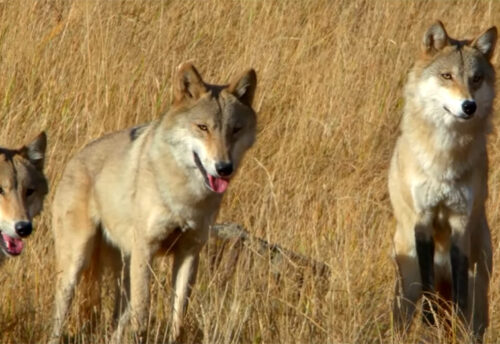
The woodlouse is a crustacean closely related to crabs and lobsters. There are over 3,500 known species of woodlice found around the globe. These critters like moist and dark habitats, typically under rocks and fallen trees. You can easily find them in jungles, forests, and shorelines. Woodlice are occasionally deemed pests due to their knack for destroying young seedlings. On the flip side, woodlice also eliminate dead and decaying plant matter which increases soil fertility.
First the Stats…
Scientific name: Oniscidea
Length: Up to 1.1 inches
Lifespan: Up to 4 years
Now on to the Facts!
1.) These diminutive critters are the only known land based crustacean.
2.) They go by numerous names: rollie pollie, armadillo bug, pill bug, woodpig, roll up bug, chiggy pig, gramersow, and sow bug, to name a few.
3.) Their bodies have 14 segments and they can curl up to protect themselves. Some can curl into a tight ball, that looks like a marble, to keep from being eaten. Hence the name rollie pollie.
4.) Woodlice use gill-like structures called pseudo-trachea for breathing.
5.) The primary predators are: shrews, moles, centipedes, frogs, toads, lizards, spiders, and millipedes.
But wait, there’s more on the woodlouse!
6.) Woodlice eat fungi, leaf litter, fallen fruit, dead animals, and even feces (poop). They even engage in coprophagy (eat their own excrement). However, some also eat saplings and thus are considered a pest in the agricultural community.
7.) A woodlouse has blue blood, due to a rich amount of hemocyanin. Crabs and other oceanic crustaceans also have blue blood.
Did you know…?
Males are carriers of Wolbachia bacteria which transforms them into females soon after they become infected. This curious bacterium disrupts male hormones and induces gender transition to ensure their survival. Certain other animals are able to just spontaneously morph into females or males, depending upon their needs.
8.) Woodlice produce a foul smelling substance by excreting ammonia through their exoskeleton. Ammonia is a toxic end product of a protein based metabolism.
9.) Antarctica is the only continent where you can’t find a woodlouse.
10.) Females lay up to 24 eggs in a special pouch on the underside side of her body. When the eggs hatch, in a couple days, they stick close to mom till they are ready to branch out on their own.
Now a Short Woodlouse Video!
Also, check out the Critter Science YouTube channel. Videos added frequently!
Want to suggest a critter for me to write about? Let me know here.



